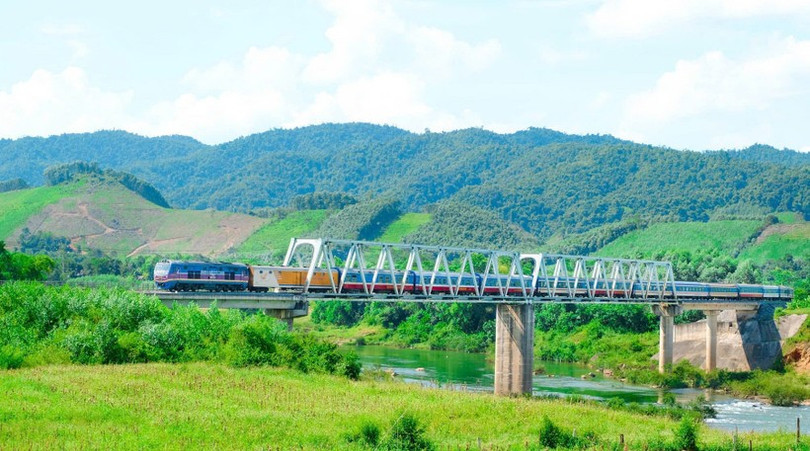
The Ministry of Construction proposed to supplement and adjust a number of railway routes in the railway network planning for the 2021-2030 period, with a vision to 2050, including accelerating the investment roadmap before 2030 for many important routes.
Accordingly, for two key national railway lines, the North-South high-speed line and Lao Cai-Hanoi -Hai Phong , the Ministry of Construction proposed adjusting the scale and investment roadmap to suit reality.
Specifically, the high-speed railway line on the North-South axis, with a length of about 1,541km (4km less than the old plan), and at the same time, investment in the Vinh-Nha Trang section will be pushed forward from after 2030 to before 2030.
The Lao Cai-Hanoi-Hai Phong route is also proposed to be invested in the entire route before 2030, with a length of about 391km, connecting to Lach Huyen international gateway port (Hai Phong) and major ports such as Nam Do Son and Dinh Vu.
For routes with international connectivity and dynamic regions, the Ministry of Construction proposed to supplement and adjust many important routes such as: Hanoi-Quang Ninh high-speed route, about 132km long, connecting with Gia Binh international airport and coastal railway routes.
The Hanoi-Dong Dang route, 156km long, is proposed to be invested before 2030. The Hai Phong-Ha Long-Mong Cai route, 187km long, is proposed to be invested before 2030 to increase connection capacity with China.
The Vung Ang-Mu Gia route (Quang Binh) has been adjusted to 105km in length, aiming to strengthen the Vietnam-Laos transport connection; the Ho Chi Minh City-Loc Ninh route, 128km long, is planned to be a double track with a gauge of 1,435mm, preparing infrastructure for international transport with Cambodia.
In addition, the Ministry of Construction proposed adjusting the routes connecting seaports and key economic zones such as: upgrading the Kep-Ha Long-Cai Lan route, about 126km long, taking advantage of the existing Lim-Pha Lai route infrastructure; the Nam Dinh-Thai Binh-Hai Phong route, 64km long, planned with a double track of 1,435mm gauge; the Bien Hoa-Vung Tau route, expanding the scope from An Binh station to Vung Tau, 132km long, with a double track of standard gauge.
For regional and domestic routes, the Ministry of Construction also proposed adjusting the investment schedule earlier, such as Thap Cham-Da Lat (before 2030), Ho Chi Minh City-Can Tho-Ca Mau and the Central Highlands-Da Nang-Binh Phuoc connection route to synchronize with the development of strategic transport infrastructure.
In particular, the Eastern beltway of Hanoi is shortened to 31km, with a unified gauge of 1,435mm; the Thu Thiem-Long Thanh route is proposed to be converted from a national railway to an urban railway.
“Reviewing and adjusting the railway network planning will help make it more suitable for the reorganization of territorial space and the two-level government model, while creating the premise and driving force for socio-economic development,” said the leader of the Ministry of Construction.
According to the review results, by 2030, the volume of goods is expected to reach 15.3 million tons, accounting for 0.31% of the market share; passengers will reach 473.7 million, accounting for 4.31% of the market share (of which national railways will reach 24.6 million passengers, equivalent to 2.1%)./.
Source: https://baohatinh.vn/nhieu-tuyen-duong-sat-quan-trong-se-duoc-day-tien-do-dau-tu-truoc-nam-2030-post297472.html








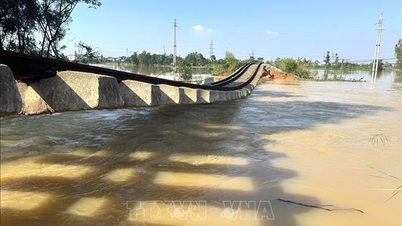

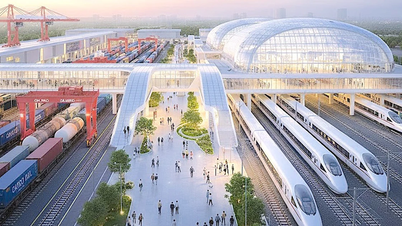









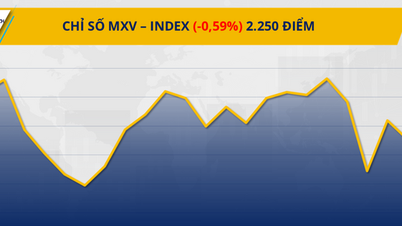
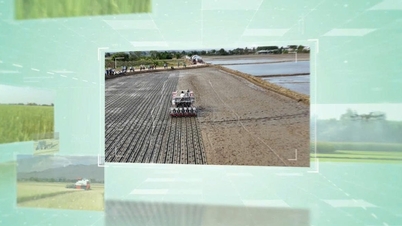





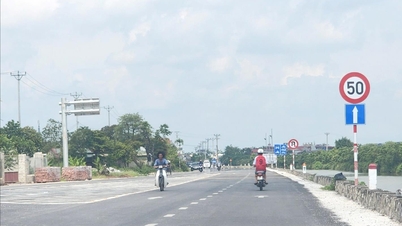





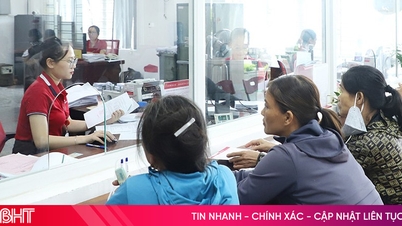



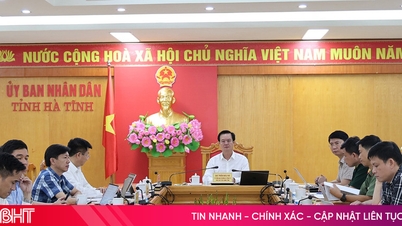


![[Photo] Ready for the 2025 Fall Fair](https://vphoto.vietnam.vn/thumb/1200x675/vietnam/resource/IMAGE/2025/10/14/1760456672454_ndo_br_chi-9796-jpg.webp)




























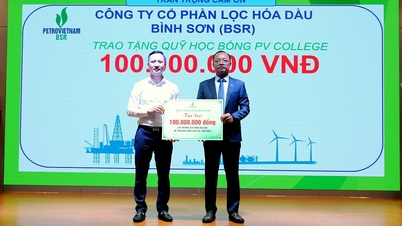













![[Photo] General Secretary To Lam chairs the meeting of the Central Steering Committee on science, technology development, innovation and digital transformation](https://vphoto.vietnam.vn/thumb/402x226/vietnam/resource/IMAGE/2025/10/15/1760500443782_anh-man-hinh-2025-10-15-luc-10-52-47.png)








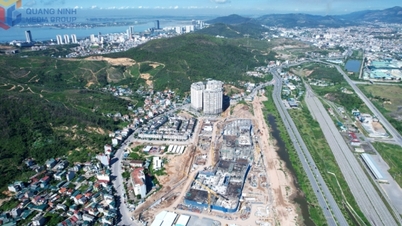






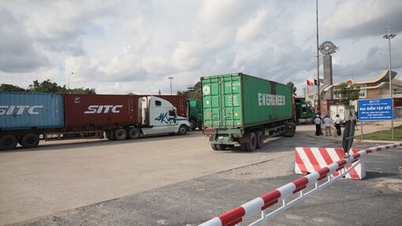


















Comment (0)